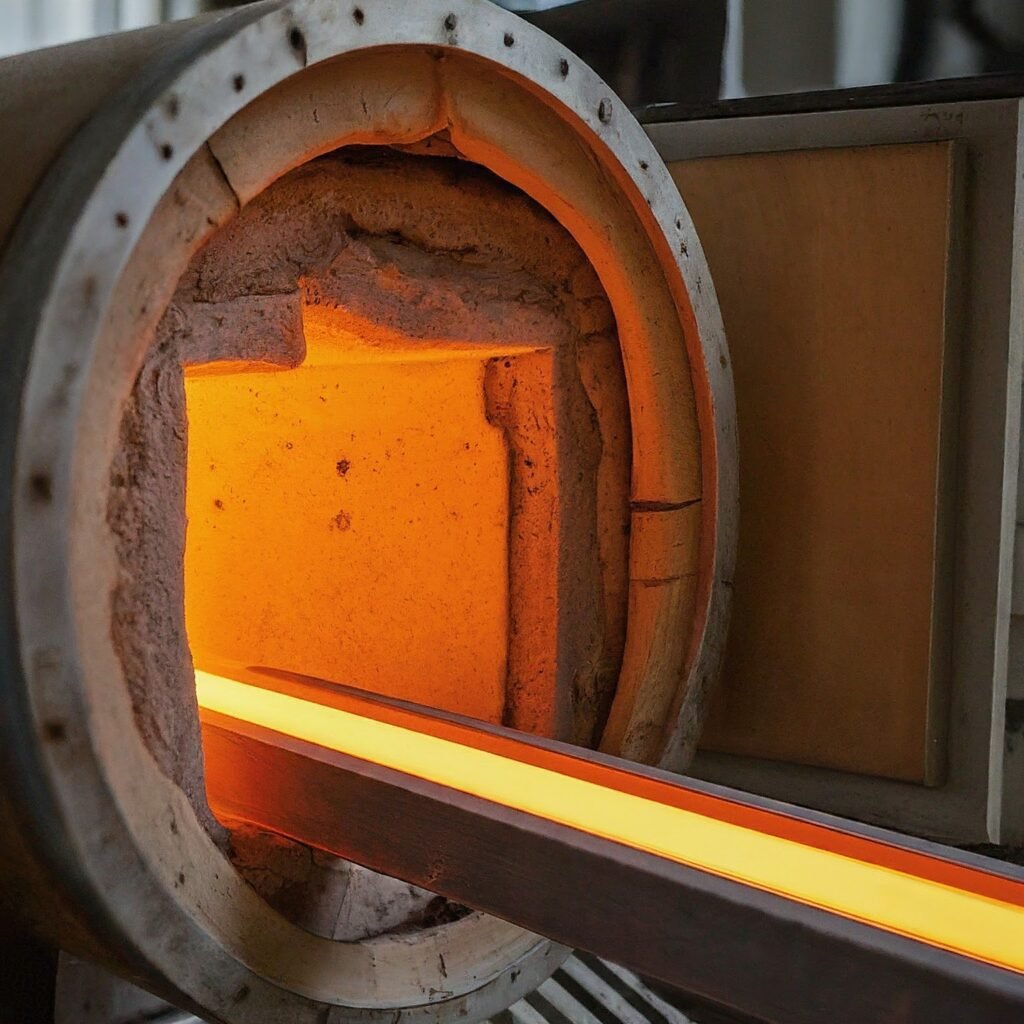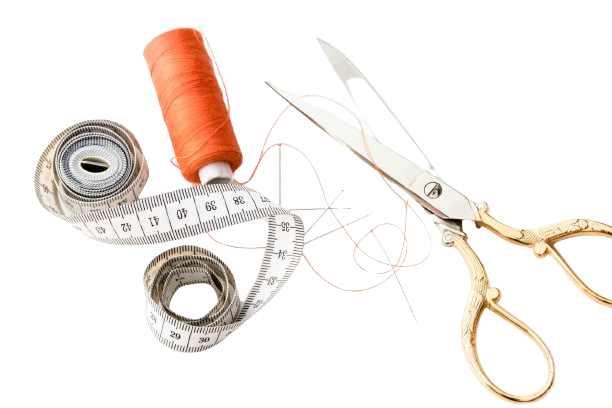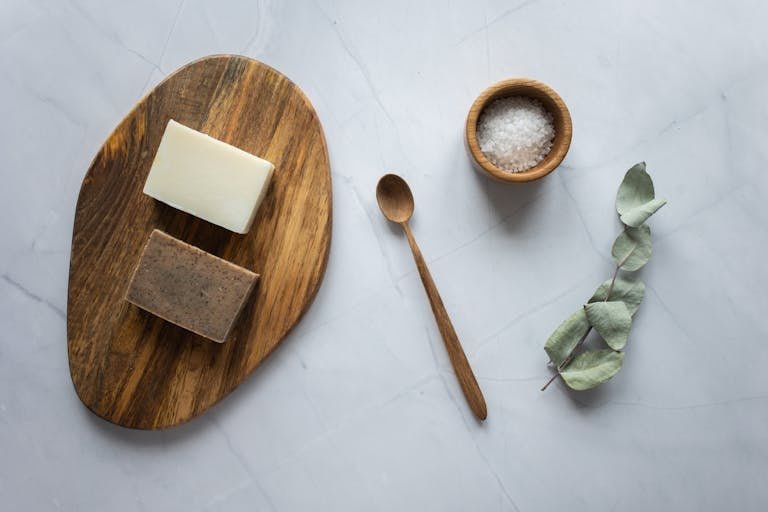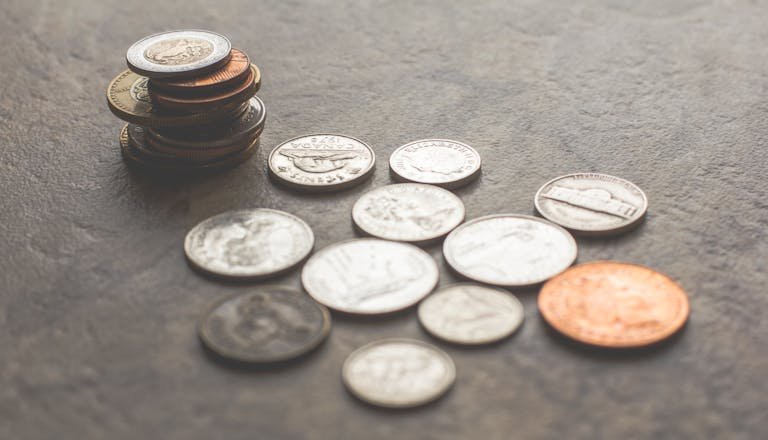Rolled Gold Jewelry: Luxury or Myth?
Rolled gold, or gold fill, is an extremely intriguing material and is used a lot in the fashion industry as a form of jewelry. The appeal by virtue of gold combined with the inherent qualities of a base metal is what characterizes the relatively less pricey and durable rolled gold products.
In this blog post, we will dive into What Is Rolled Gold? its Composition and how it made and Importance of Rolled Gold in Jewelry Making.
What is Rolled Gold
“Rolled gold”, also known as “gold-filled”, is a type of material in jewelry manufacture that entails sticking gold to a base metal, normally brass. Different from the gold plated jewelry that is embellished with very shallow of gold, rolled gold has a much thicker and golden layer underneath. This will create the end product that will have characteristics of solid gold, will be permanent, and will have a reasonable price tag compared to solid gold pieces.
Definition and Composition
Rolled gold consists in the bonding of a very thin layer of gold, generally in the quantity of about 5% or 1/20, which is mechanically layered onto an inexpensive core metal like brass. Each layer bonded by the combination of heat and dense pressure forms a shiny-looking and feel alike solid block of a metal. Rolled gold has thickness in gold layers much greater than gold plating, which is durable thanks to its strength and lasting ability.
Comparing Rolled Gold to Other Jewelry Materials
Rolled Gold vs. Solid Gold
- Cost: A product made of solid gold is much more expensive than a product made of rolled gold because the content of this type of gold is more than a rolled gold.
- Durability: Both solid gold and gold-rolled are durable but there is no denying that solid gold is more durable enough since it is pure gold all through.
- Appearance: Both materials give the same valuable, gold appearance, and therefore, cast gold is the preferred option of customers that pay attention to their budget.
Rolled Gold vs. Gold-Plated Jewelry
- Gold Layer Thickness: The golden roll consists of quite a thick gold layer, whereas the gold plated ones usually have an extremely thin gold layer.
- Durability: Thicker gold layer used in rolled gold items, enhancing their durability and makes them less likely to wear and get tarnished than other gold plated products
- Cost: Gold-plated jewelry is usually less expensive than rolled gold, but it does not offer the same longevity or durability.
Rolled Gold vs. Gold Vermeil
- Gold Layer Thickness: Unlike gold-plated jewelry, the gold layer of vermeil is wickedly thicker than that of rolled gold.
- Base Metal: Gold vermeil is built over the classical basis of sterling silver, while rolled gold is usually on brass.
- Durability: Pure gold has a higher toughness than gold vermeil is due to the fact that it is composed of a thicker gold layer and a strong binding process.
How is Rolled Gold Made
Layering

Creating the Metal Sandwich
Moving on the steel sheets and base metal the next step in the manufacturing process is the so-called “metal sandwich. ” This consists of putting the gold sheets on either side of the base metal, making sure that the gold covers the metal core entirely and evenly.
Ensuring Uniformity
Uniformity is key in this step. Golden sheets must be parallel so as to fill the gaps which would weaken the product. Applying a lot of concentration to layering which is the key to the high quality rolled gold sheet.
Bonding
Applying Heat

The next step involves stacking up the metals that are heated at extremely high temperatures. Usually, this is achieved in a furnace where temperature is strictly curated. The high temperature is responsible for the two metals to enlarge by just a bit, awaiting the next process.
Applying Pressure

Subsequently, the hot metal sheet is subjected to extremely high pressure. This is achieved by putting the pressure on using specialized equipment intended to make sure that the layers bond well. The coalescence of heat and pressure leads to a metallurgical bond that unites gold and the base metal.
Creating the Bond

The science behind this bond is fascinating. The heat causes the atoms of gold and base metals to come closer together and the pressure holds them in a new more stable order. This melding produces a big sheet of folded gold that is obtained further for processing.
Rolling

Feeding Through the Rolling Mill
Instead, the roughed metal is passed through a rolling mill, which, a machine that rolls it under a consistent pressure, flattens, and thins it. This process is a key step for creating the desired thickness which is jointly achieved by a uniform distribution of the gold over the base metal.
Repeated Rolling
To achieve the correct thickness, the rolling process may be repeated a few times. Every time it goes through the mill the metal becomes thinner while its structure remains in neither and a pure even gold layer is formed on top of it.
Ensuring Even Distribution
During the rolling procedure, quaility control measurements are available for the purpose of making the gold get evenly spread over the surface. This makes it possible to avoid defects and allows rolled gold to always look its best with the highest rate of resistance.
Shaping
Cutting the Rolled Gold Sheet

Next step is to cut the sheet into manageable pieces to make these into jewelry pieces. Different tools and approaches are applied to cut the sheet accurately, where maximum waste is kept to a minimum and optimal utilization of material is taken into consideration.
Forming Jewelry Pieces
Next, these different parts are molded into shapes like rings, collars, and bracelets. It is the final phase where both the traditional skills along with modern technology is used in order to create the intricate and unique designs.

Finishing Touches
Polishing
To develop a shine on the gold jewelry, they polish the ornaments. This phase often involves using different polishing compounds and tools of varying grades to produce a smooth, shinier surface which beautifully accentuates the natural beauty of gold.
Adding Additional Elements
Often, additional elements like stones, engravings, or other decor elements are added to the jewelry to make it stand out. This keeps every art piece unique and special, as these additions add value to them.
The Importance of Rolled Gold in Jewelry Making
Affordability
Among the leading advantages of rolled gold is the fact that it costs less. Gold jewelry does not come cheap, thus, quite a number of people have to compromise on this luxury. A rolled gold is the best option and it is cost-saving without jeopardizing on looks. With the help of underlying metal core, they can bring the same sophistication and beauty as solid gold yet at a tiny fraction of its cost.
Durability
It is also the durability of rolled gold that makes it preferred. The thicker thickness of rolled gold in jewelry give it a better endurance and wear off the plating of gold-plated jewelry which have a more thinner layer. It means that good care can keep the latter as beautiful as new and shiny for a long time, even with frequent use. There is a process of bonding employed to make sure that the gold layer will stick firmly to the basis of the metal, which in turn adds to the strength and durability of the finish.
Beauty and Aesthetic Appeal
Rolled gold has the same average shine and luster like the solid gold, and this makes it a good decision for those who like the look of gold jewelry but cannot afford solid gold. Overlaying gold layer on the metal substrate makes rolled gold products keep their shiny surface, bright, and rich. This gives the products a sense of luxury to any attire you wear. Either you look for a simple gold chain or an expensive one for this purpose, you can achieve the elegance and sophistication you need through rolled gold.
Read Also: How To Decrease In Crochet
Final Words
The best balance between beauty and durability is offered by rolled gold, so it is the ideal jewelry option for the gold fans. On account its constituency and the technique of making, the jewelry looks and feels like solid gold. Thus purchasers can have an opportunity to own goods at a lower price. Whether you are an amateur or a pro in the world of jewelry, rolled gold is a substance to be regarded for its advantages and lasting elegance.
Knowing what is rolled gold, how it is formed, and how it compares to other materials as well would help you make wise choices when you buy jewelry. Watching over the rolling art of gold should ensure your pieces remain a valued part of your collection for centuries to come, bringing an air of grace and class to any outfit.







